Cassava Flour Tortillas (Egg-Free, Gluten-Free)
This recipe may contain Amazon or other affiliate links. As an Amazon Associate I earn from qualifying purchases.
These Cassava Flour Tortillas are easy, flexible tortillas made from cassava flour and, therefore, grain-free and gluten-free. Plus, these tortillas are also egg-free and vegan-friendly.
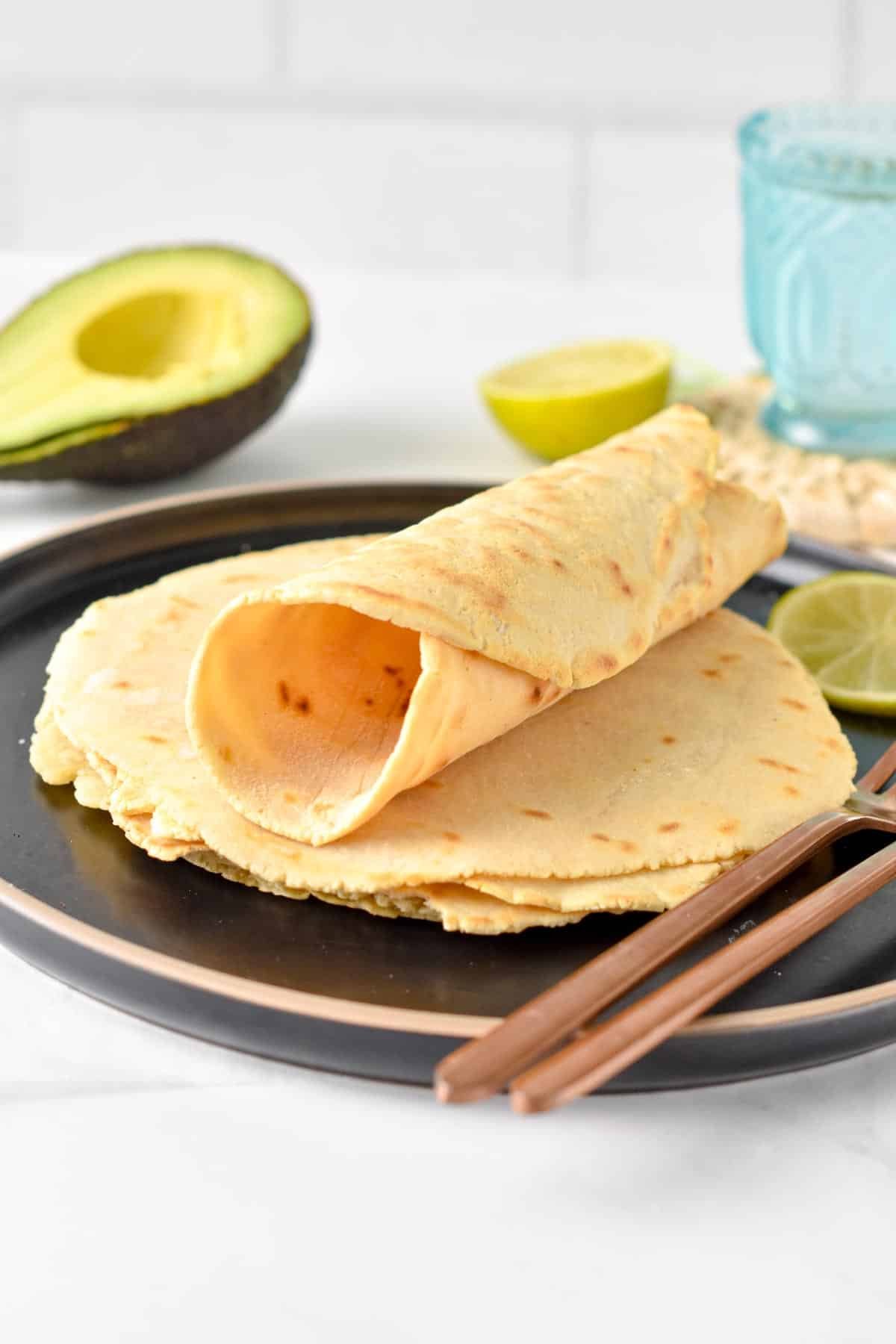
I love baking grain-free tortilla recipes, and you might already have tried my almond flour tortillas, coconut flour flatbread, or chia seed tortillas. They are great alternatives to the classic 2-ingredient tortillas or my flour tortillas.
Baking with cassava is another way of getting great healthy flatbread. I’ve used this flour for my cassava bread recipe or cassava pancakes. Cassava flour is a naturally gluten-free, grain-free flour also approved for a paleo diet.
While it has more carbs than low-carb flour, it’s still a great alternative for anyone sensitive to wheat or grains. So let me show you how to make cassava flour wraps with a few simple ingredients.
Ingredients and Substitutions
First, gather all the ingredients below to get ready to bake with cassava flour.
- Cassava Flour – It’s a very light and volatile flour, so there are a few tricks to work with it. First, if you are using measuring cups, as I do, don’t over-pack the cup. Place the flour in a large bowl, scoop, and sweep the cup. That’s it. Or use metric measurements for more precision.
- Avocado Oil or any liquid fat you like, even melted ghee or melted butter, works.
- Baking Soda – To make them light and soft, like classic tortillas.
You can add flavors to the tortillas by adding a pinch of your favorite dry spices like:
- Homemade Taco Seasoning
- Garlic Powder
- Onion Powder
- Cumin
- Paprika
- Turmeric
How To Make Cassava Flour Tortillas
It’s super easy to make tortillas with cassava flour and pretty similar to a regular flour tortilla recipe. The only difference is the rolling process, but I will explain it later!
- In a mixing bowl, add all the ingredients: flour, oil, baking soda, salt, and water.
- First, stir the batter with a wooden spoon or silicone spatula until it becomes dry and crumbly.
- Then, knead with your hand, squeezing the dough to bring all the ingredients together.
- The dough won’t be perfect the first time around because it’s hard to measure cassava flour with precision. But don’t worry. This is a no-fail recipe. There’s always room for improvement and adaptation. If too dry, you need more water. Simply add one teaspoon at a time, and knead until it forms a soft bowl that looks and feels like clay. If too wet, the dough sticks to your fingers and won’t come together. To fix this, add more cassava flour, one tablespoon at a time.
- The dough is ready when it comes together into a soft white ball that won’t stick to your finger. It should feel like clay, slightly crumbling apart when pressed but still coherent. Unlike my 2-ingredient tortillas made from wheat, these cassava flour tortillas stick to the counter and can’t be rolled as is.
- You must use parchment paper pieces to encase the dough ball. First, cut out two large pieces of parchment paper and oil with an oil spray.
- Divide the dough into 6 even dough balls. Then, place one dough ball in the center of the oiled parchment paper piece.
- Next, place the second piece of oiled parchment paper on top of the ball with its oiled side onto the dough.
- Finally, flatten the ball gently with your hands, then use a rolling pin to roll and extent to into a tortilla shape.
- Grain-free tortillas of any kind, like almond flour wraps or flaxseed wraps all get fragile and crack if rolled too thin. So roll them into slightly thick tortillas. Mine are 4.5 inches in diameter (12.5 cm).
- Warm a non-stick pan over medium-high heat and lightly oil the pan with oil spray.
- Peel off the top piece of parchment paper on top of the rolled tortillas.
- Flip the tortillas on the hot pan and peel off the remaining piece of parchment paper fast but gently to release the wrap on the pan.
- Cook the tortillas for 2 to 3 minutes on one side, then flip them on their other side and cook for an extra minute.
- The surprising thing about cassava wraps is how their texture changes. In fact, they look pretty stiff and hard when you first cook them. But, as they cool down, the dough softens, and they get flexible like classic flour tortillas.
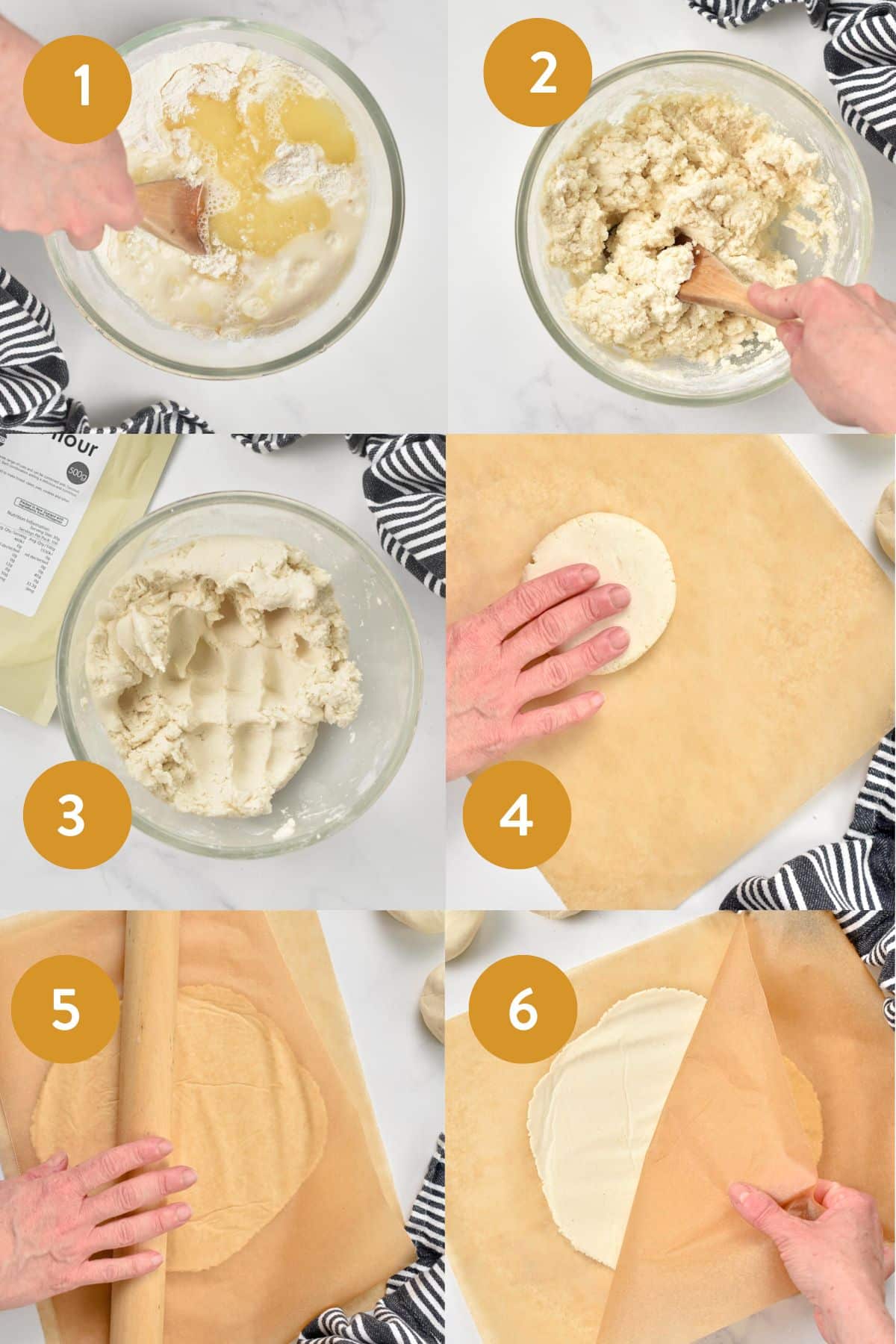
Allergy Swaps
Below are some substitution options to adapt this recipe if you are allergic to the ingredients used below:
- Avocado Oil – Any fat works, like melted coconut oil, melted butter, canola oil, or olive oil.
- Baking Soda – It can be skipped or replaced with 1/2 teaspoon of baking powder.
- Salt – Remove if desired.
Storage Instructions
You can store the baked tortillas in the fridge, place them on a plate, wrap the plate with plastic wrap, and keep them for up to 4 days in the fridge. They can also be frozen in plastic bags and thawed at room temperature the day before. Rewarm in a warm non-stick pan or in a sandwich press.
Serving
You can use these cassava tortillas to prepare any of your favorite Mexican recipe, or serve as a side to Mexican-inspired recipes like the ones below:
The best fillings for these tortillas are various and unlimited. Feel free to add your favorite meat, tofu, and mushrooms along with some of the vegetables below:
- Red Onion
- Avocado
- Jalapenos
- Tomatoes
- Shredded Lettuce
- Homemade Salsa Sauce
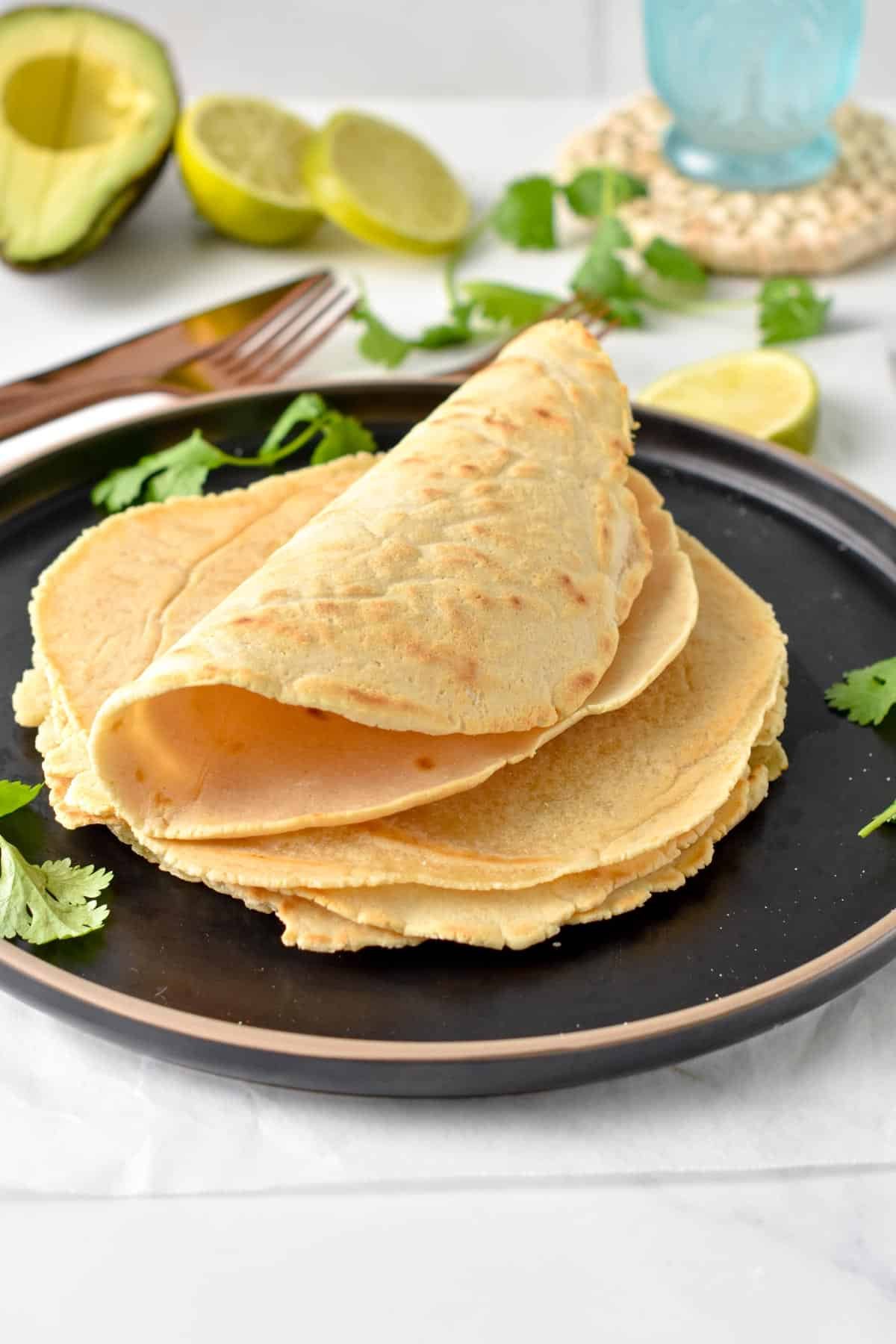
Frequently Asked Questions
Below are my answers to your most common questions about baking with cassava flour.
No, this recipe has been designed for cassava flour which has a different nutrition profile than almond flour or wheat flour. Follow my other recipe suggestions below if you prefer to use another flour.
It’s a long process to learn how to bake with high-starch flour like cassava flour. It’s flour that makes the dough fragile if rolled too thin or too wide. Make sure you start with small tortillas, thicker, and oil the parchment paper very well for easy release on the pan. If it cracks, you can add more water to the dough. It can be that your dough is too dry as well. Also, you can patch the cracks by pressing small pieces of rolled dough on the holes.
More Tortilla Recipes
If you’d like to try a tortilla made with a different flour, try these:
Did You Like This Recipe?
Leave a comment below or head to our Facebook page for tips, our Instagram page for inspiration, our Pinterest for saving recipes, and Flipboard to get all the new ones!

Cassava Flour Tortillas
Ingredients
- 1 ½ cups Cassava Flour (note 1)
- 3 tablespoons Avocado Oil (note 2)
- ¼ teaspoon Salt
- ¼ teaspoon Baking Soda
- ¾ cup Water
Instructions
- In a mixing bowl, add all the ingredients: cassava flour, avocado oil, salt, baking soda, and lukewarm water.
- Stir with a spoon or silicone spatula at first. When it becomes crumbly, use your hands to squeeze and knead the dough.
- Form a dough ball, if too wet, sprinkle more cassava flour until it comes together. If too dry, add more water 1 teaspoon at a time.
- Divide in 6 balls of the same size and set aside 10 minutes.
- Meanwhile, prepare two large pieces of parchment paper.
- Lighlty grease the paper with an oil spray. Place one cassava flour dough ball in the center of the oiled paper. Press the second piece of oiled paper on top with its oiled side on the dough.
- Use a rolling pin or tortilla press to flatten into a tortilla – don't roll them too thin or too large, or they crack. If it cracks you can always reshape a dough ball and try again – it takes a bit of time to get used to the dough texture.
- Warm a non-stick pan over medium-high heat, lightly oil the surface.
- Peel off the top piece of parchment paper on the rolled tortilla.
- Flip the tortilla on the hot pan and quickly, gently lift off the other piece of parchment paper to release the tortillas on the pan.
- Cook for 2-3 minutes on one side then slide a spatula under to flip and cook the other side.
- Cook an extra 1-2 minutes on the other side.
- The tortillas look hard after baking but they get flexible as they cool down.
- Let the tortillas cool down before serving them.
Notes
Want My Kitchen Equipment?
Nutrition
Disclaimer
The recipes, instructions, and articles on this website should not be taken or used as medical advice. The nutritional data provided on Sweetashoney is to be used as indicative only. The nutrition data is calculated using WP Recipe Maker. Net Carbs is calculated by removing the fiber and some sweeteners from the total Carbohydrates.
You should always calculate the nutritional data yourself instead of relying on Sweetashoney's data. Sweetashoney and its recipes and articles are not intended to cure, prevent, diagnose, or treat any disease. Sweetashoney cannot be liable for adverse reactions or any other outcome resulting from the use of recipes or advice found on the Website.
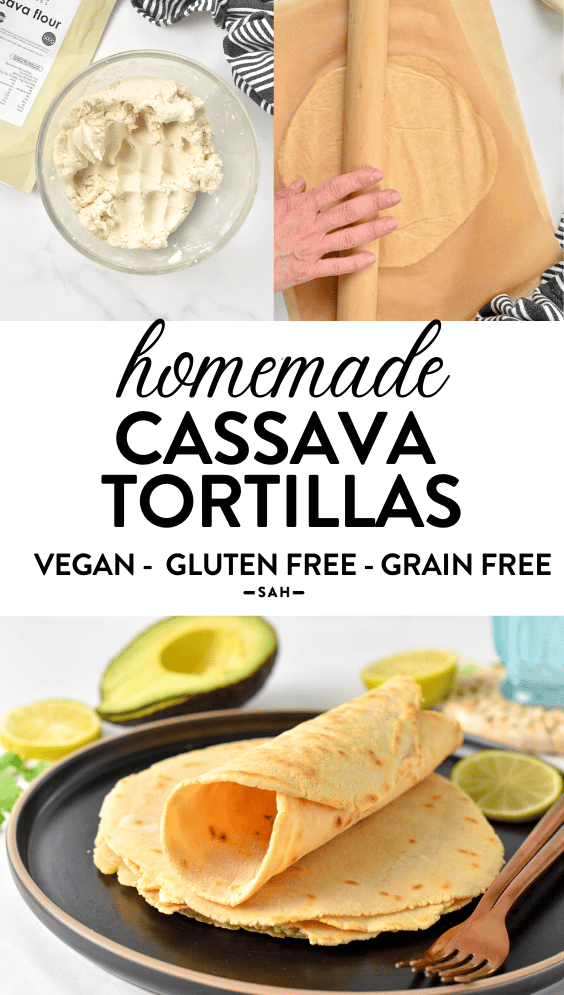
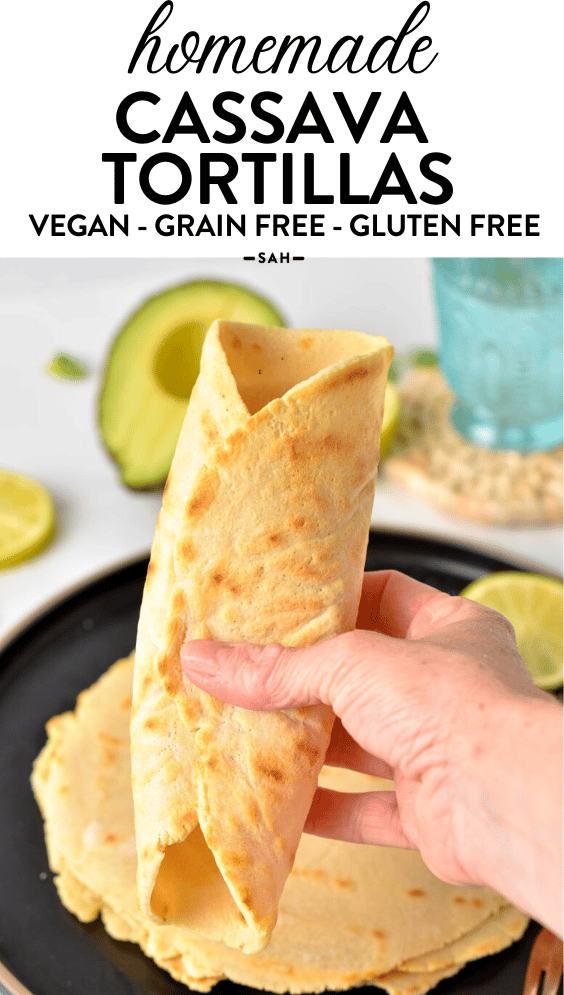
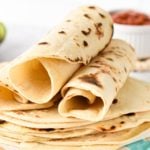
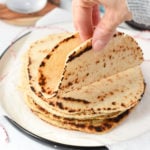
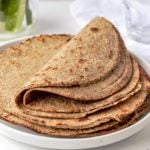

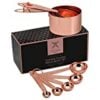
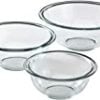
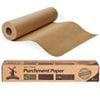
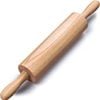

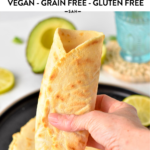
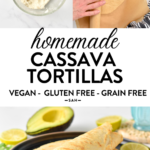
Share this post!
If you enjoyed this post, share it with your close ones!
Leave a comment